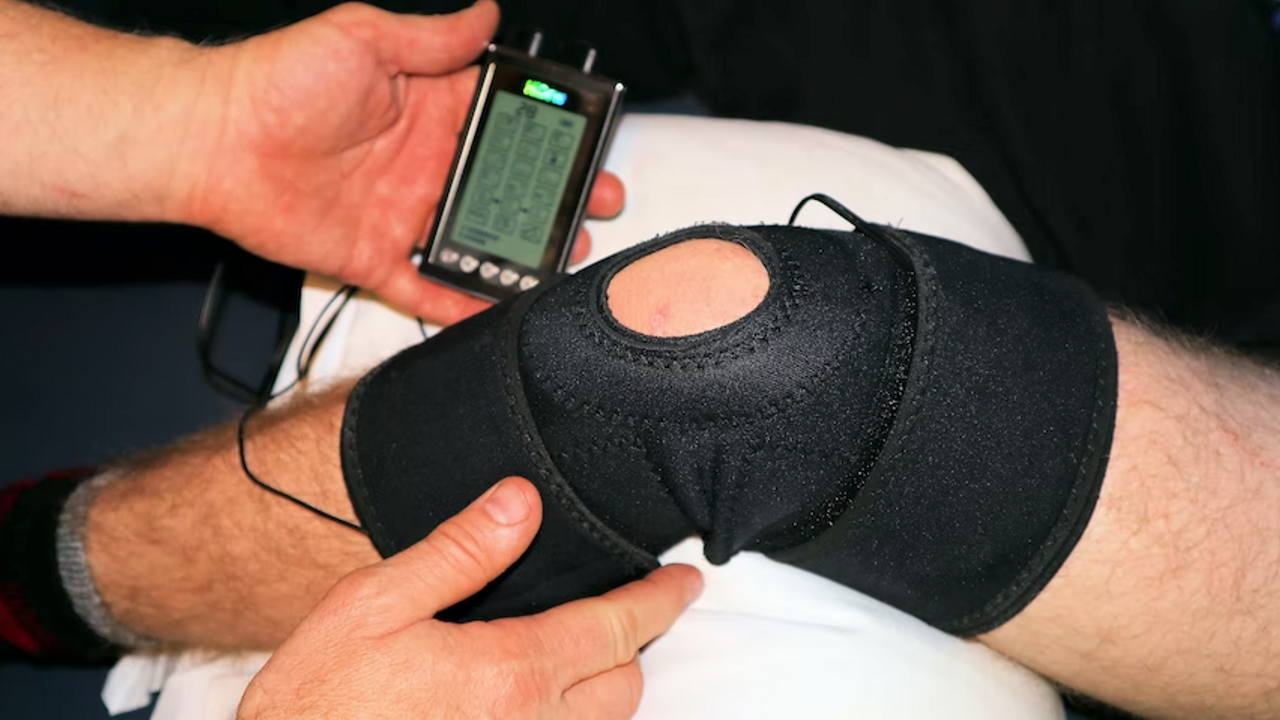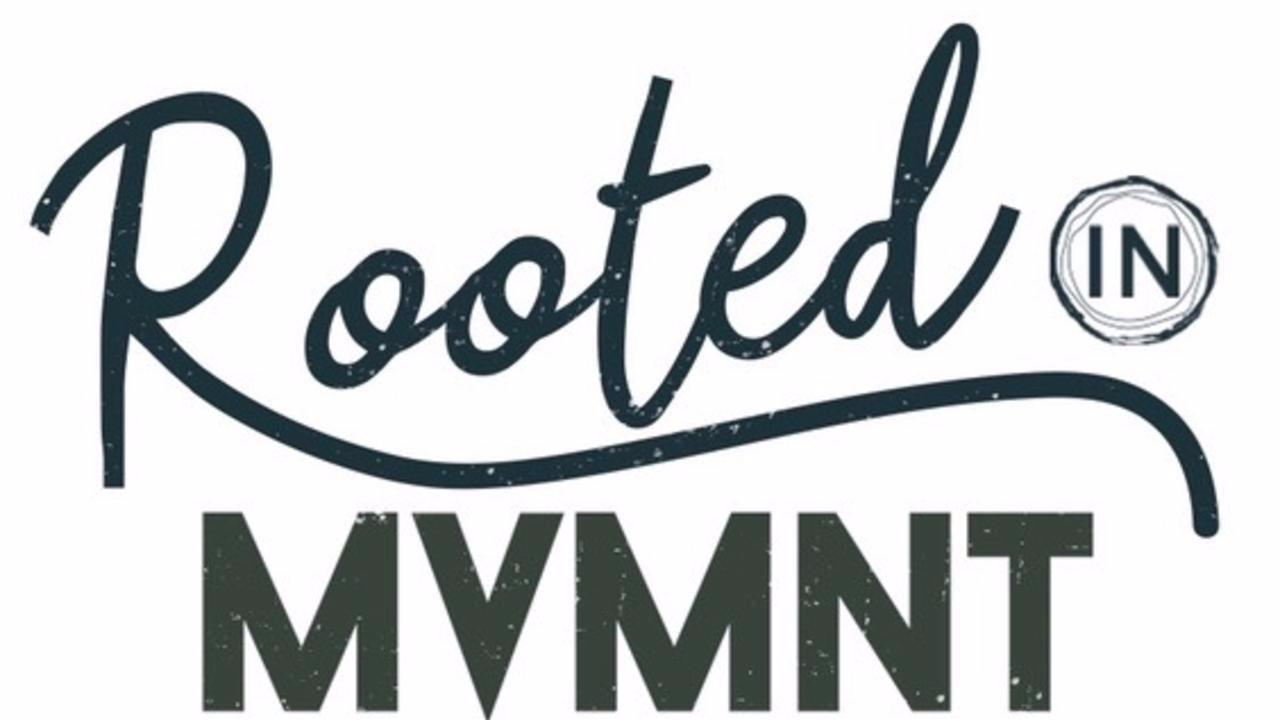5 Reasons to start exercising after age 55

5 Reasons to start exercising after age 55
What are your dreams for aging gracefully? Do you believe that getting older has to hurt? Are you being told to slow down or take it easy by your primary care? Many of the clients I have worked with come to me when they start enjoying more time with Grandkids and want to be able to move and play with them. I don’t think pain should be an association with old age. In fact, I am a firm believer that age is just a number, and we are only as old as we act. Below are 5 reasons to start exercising in your later years.
- Restore your central nervous system by focusing on your breath. As you age, your brain and nervous system go through natural changes. Your brain and spinal cord lose nerve cells and weight (atrophy). Nerve cells may begin to pass messages more slowly than in the past. Waste products can collect in the brain tissue as nerve cells break down. Breakdown of nerves can affect your senses. You might have reduced or lost reflexes or...
Four Reasons Movement is Crucial to Injury Recovery

Four Reasons Movement is Crucial to Injury Recovery
An injury can be the dark storm cloud of any day for anyone. They are painful, imply a long road to recovery, and are severely limiting. At Rooted MVMT, one of our core beliefs is continual movement. Anything from taking the stairs instead of the elevator, to extensive workouts multiple days a week are important to maintaining a healthy, injury prone body. Sometimes though, an injury strikes regardless of our healthy practices and we are left to deal with it. The quickest, safest, and most effective road to injury recovery involves movement. The old adage, “use it or lose it” explains the nature of our claim: if we fail to utilize our ability to move, it slowly fades away. So, when we are injured, when we are incapable of moving as freely as before, we must strengthen and keep our bodies active by moving.
Why is movement so crucial to injury recovery?
Think about how our muscles grow when we work out: we tear them and break them d...
The First Pillar of the MVMNT ™ Method: M Which Represents Movement.

Movement is something that we often take for granted…until we can’t do it. The reason
why MOVEMENT is the foundational pillar of MVMNTTM is simple: To move is to be
alive. Every living thing on this earth must move, shift, advance, grow, develop or
evolve. But, before we dive deeper into why movement matters, and its purpose, I
I believe it is important to shed light on the very opposite of movement: stagnation.
Think of a pond that has algae growing on it. The algae grow as a result of the water
ceasing to move or circulate. Thus, the cessation of moving water develops a growth
of bacteria on its surface that makes it less drinkable and less beneficial for the
wildlife around it. In this example, the stagnant water represents a human body that is
motionless and begins to develop tension and stiffness. In the absence of flowing
energy, we become more susceptible to disease and illness. When we are not
moving often and not circulating the blood, especially when dealing...
What is Remote Personal Training and Coaching and What are the Benefits to Online training?

Written by Coach Paige
We believe that rehabilitation and training for performance are one in the same. They may fall on different ends of the spectrum of athleticism, but the process of progression is identical. It’s about understanding your weaknesses, learning how to move your body well, and building capacity and durability with progressive overload to handle whatever life throws at you. Whether you are a former athlete or a recreational one, whether you are currently going to the gym with the same old training routine from 10 years ago or perhaps that nagging knee pain after running sprints keeps coming back -technology has a way to help you. With telehealth and online personal training, the trainer and P.T. can come to you! Whether on your laptop, ipad or cell phone, virtual physical therapy and fitness coaching provides flexibility and expert knowledge at an affordable price.
Hi Friends! I am Coach Paige, the movement specialists and strength coach at Rooted in M.V.M.N.T. Toget...
Pain: Why Won't It Go Away?

As we learned in Power Athlete Episode - 251 with Adriaan Louw, working with athletes in pain is a tricky business, but one that has fast become an integral component of today’s training environment.
As strength and conditioning coaches, physical therapists, or sport coaches,we will encounter men and women who are managing some sort of pain, and the effectiveness of this management factors into the successes and failures of our programs. Therefore, in order to help these individuals, we need to truly grasp the concept of pain and understand how it affects our athletes on both a physical and mental playing field. Is all pain the same? What happens when pain persists? Such questions quickly lead us down a rabbit hole, attempting to seek complex answers from medical providers who may not have the slightest clue about the athletes we work with.
The aim of this article is to answer those questions, explain the difference between acute and chronic pain, and provide insights into how to ...
Pain: This Shit is Complicated

Did you know that the US healthcare system spends approximately two billion dollars a year on the management of pain due to sport-related injuries alone? Beyond just the physical discomfort, this pain creates a huge financial burden for athletes when it comes to things like rehabilitation costs and loss of salary.
- 50.9% of all NHL players missed at least one game within a season of play, and injuries represent a total salary cost of approximately $218 million yearly (3).
- Knee injuries alone cost the NBA $358 million dollars last year (9).
- The NFL spends around $35 million dollars annually in salaries to players who cannot play due to pain or injury (9).
- Medical costs for sports injuries and pain-related ER visits exceed $935 million each year (6,7).
- Training and sport related pain accounted for 20% of all ER visits for children ages 6-19 (6).
- The US spends $50 billion on the treatment of back pain each year. (NIH 2,4).

These statistics are staggering, but the fallout from ...


